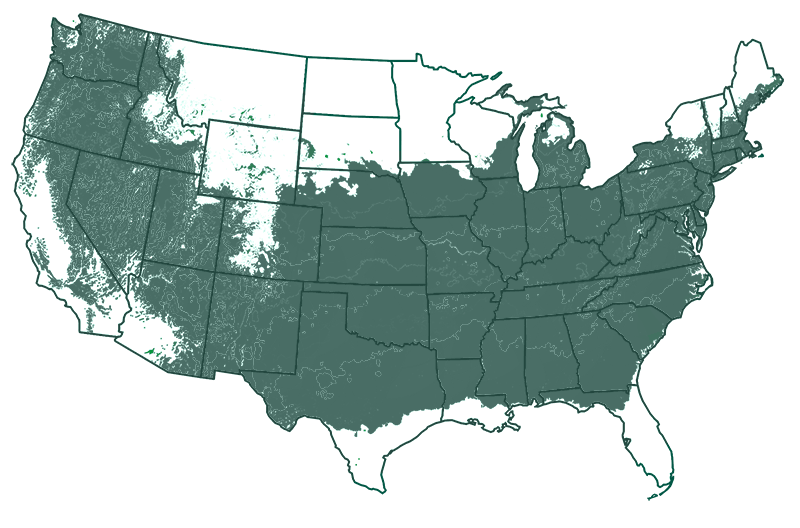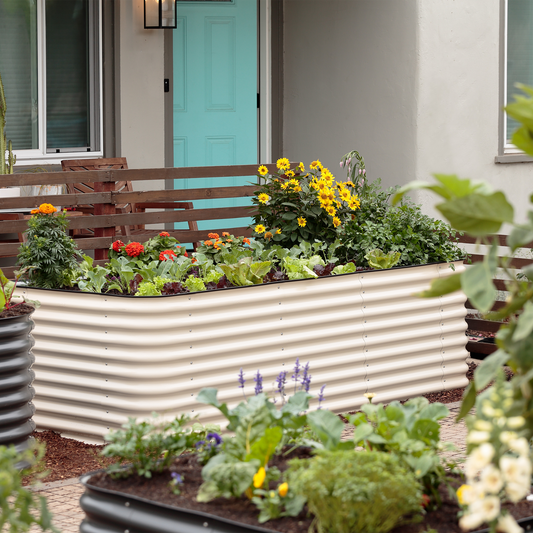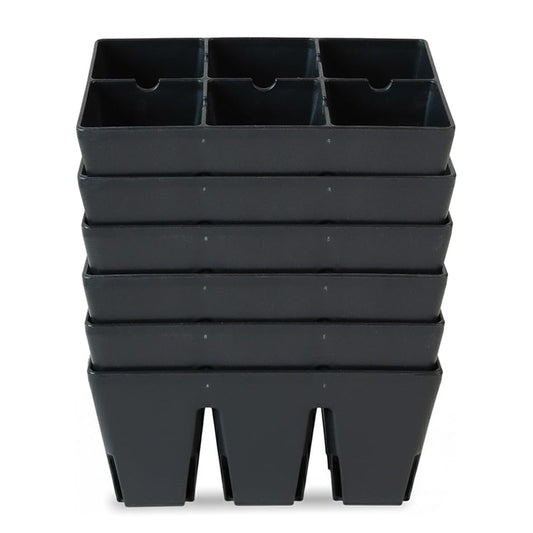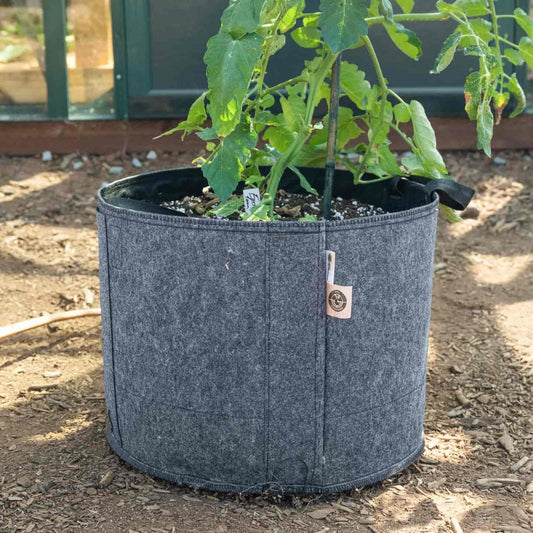


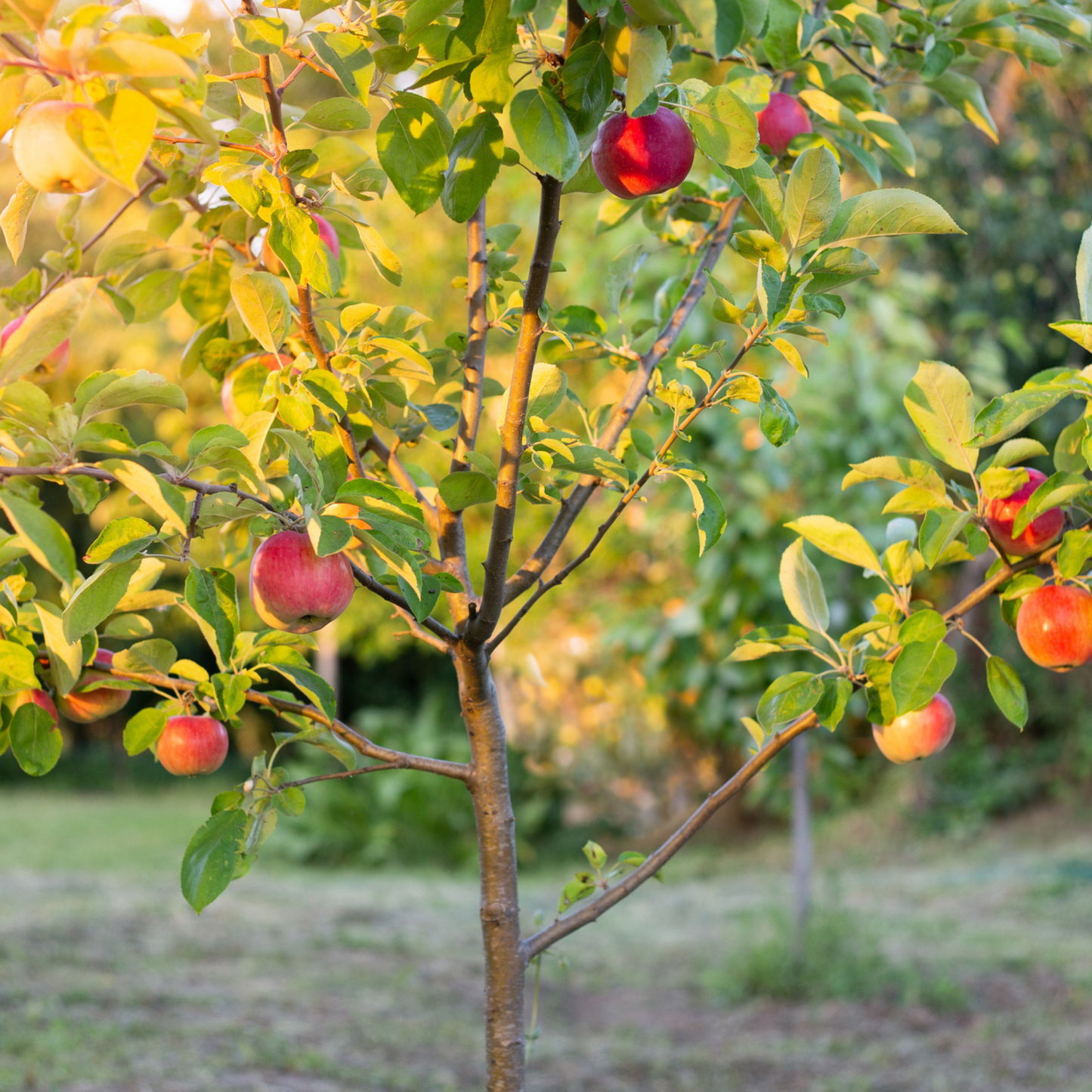
4-Tree Apple Orchard
View More Planting Info
For effective cross-pollination, apple trees need to be planted within 50 feet of each other. Space them no closer than 10 feet apart to limit competition and root interference. Also space them 10 feet away from other trees and nearby structures. Apple trees require full sun and well-draining soil for optimal growth. For each tree, dig a hole twice as wide and the same depth as the root ball. Place the tree in the hole, ensuring it's straight, and backfill with soil, tamping down gently to remove air pockets. Water thoroughly to settle the soil around the roots. Apply a layer of mulch around 3-4 inches thick around the base of the trees after planting.
Sunlight
Plant in full sun, providing at least 6 to 8 hours of direct sunlight per day.
Fertilizing:
Feed in early spring with a balanced fertilizer to promote strong growth and fruiting.
Pruning:
Prune in late winter to maintain shape and improve growth.
- Product Info
- Care and Maintenance
- Planting Care
- Growing Zone
Product Info
Mature Height: 10-20 ft.
Mature Width: 8-10 ft.
Sunlight: Full Sun
Growth Rate: Moderate
Does Not Ship To: AZ, CA, ID, OR, WA
Care and Maintenance
Watering: Water your apple trees regularly, providing around two inches of water per week. Watering frequency will depend on your climate, so monitor soil moisture levels. Young trees need weekly watering to establish strong roots, while established trees require less frequent but deeper watering.
Fertilizing: Begin fertilizing annually in the second or third year of growth. Fertilize in early spring with a balanced fertilizer before new growth appears. Apply fertilizer at the drip line. Increase the diameter as the drip line grows.
Pruning: Prune in late winter when the trees are dormant, removing dead or damaged branches or those that cross into the center of the canopy. Shape the trees and remove lower hanging branches to maintain a strong structure capable of holding the weight of the fruits.
Pests and Diseases: Some varieties are more disease-resistant than others, but you should watch out for signs of apple scab, fire blight, and powdery mildew. Apple maggots and codling moths may attack fruits, and aphids are drawn to new growth in spring.
Harvesting: Apples will start to ripen in fall, with the exact time depending on your climate. When growing these varieties, you’ll have a continuous harvest throughout fall. Remove the fruits when they change color (varying depending on variety) and the flesh is firm. They should be easy to pull off the tree when ripe.
Recovery Time: Transitioning from our nursery to your home can be a bit of a shock to your plants. A short acclimation period helps them recover and reduces stress.
Climate Adjustment: Every environment is unique. Giving your plants time to adjust to the local climate, humidity, and light conditions in a shady spot will set them up for better growth and health.
How to Acclimate Your Plant: Keep the plant in its container and place it in a shady, sheltered area away from high winds. Ensure it's watered adequately – the soil should be moist but not waterlogged. Monitor the plant for any signs of distress and allow it to adjust for a few days before planting. After a few days of acclimation, your plant will be better prepared to thrive in its new home for years to come.
Planting Care
Sunlight: Plant in full sun, providing at least 6 to 8 hours of direct sunlight per day.
Pruning: Prune in late winter to maintain shape and improve growth.
Fertilizer: Feed in early spring with a balanced fertilizer to promote strong growth and fruiting.
Growing Zone
Growing Zone 5-8
